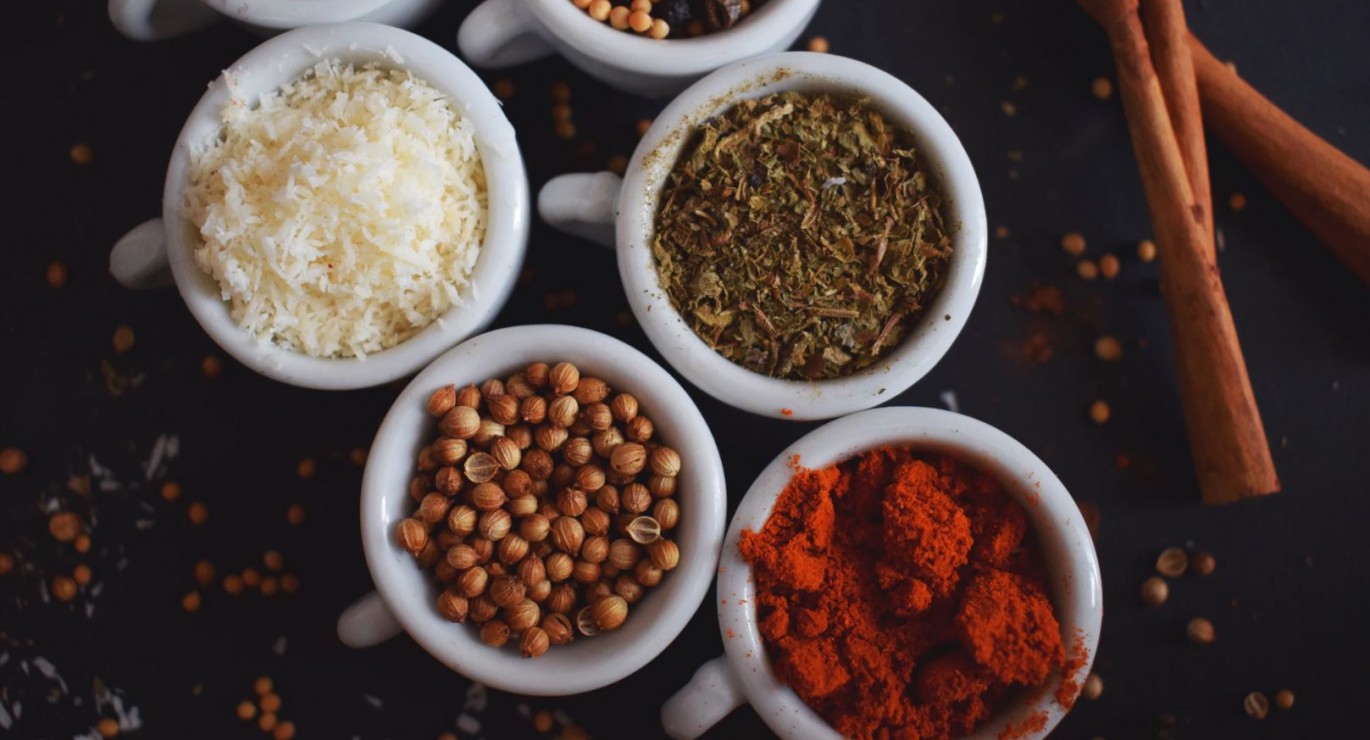
Carbs have had a bit of a reputation problem over the years. From low-carb diets to keto plans, they’ve often been labelled the enemy of weight loss. But not all carbs are created equal, and one in particular, resistant starch, could actually help you manage hunger, support your gut, and feel fuller for longer.
Here’s a simple breakdown of what resistant starch is, how it works, and which foods contain it.
What Is Resistant Starch?
Resistant starch is a type of carbohydrate that resists digestion in the small intestine. Unlike most starches that break down into sugar, resistant starch travels to the large intestine intact, where it’s fermented by gut bacteria similar to fibre.
This process produces short-chain fatty acids (like butyrate), which are beneficial for gut health, inflammation regulation, and even metabolic function.
Why It Matters
Adding resistant starch to your meals may help with:
- ✅ Feeling full for longer (satiety)
- ✅ Reducing cravings and snacking
- ✅ Supporting healthy digestion and gut bacteria
- ✅ Helping regulate blood sugar levels
- ✅ Supporting fat metabolism, especially around the belly
Think of it as a slow-burning fuel that works behind the scenes to support both gut and metabolic health.
Best Sources of Resistant Starch (And How to Eat Them)
Here are some simple ways to get more resistant starch in your diet, just by using everyday ingredients a little differently.
🥔 Cold Potatoes
Potatoes contain more resistant starch when cooked and cooled. So next time, save some extras and enjoy them in a potato salad. Want an easy boost? Add a teaspoon of food-grade raw potato starch to a smoothie or yoghurt. Start small and build up to 1–2 tablespoons daily.
🍚 Cooked & Cooled Pasta or Rice
Pasta and rice are higher in resistant starch once they’ve been cooled. That makes leftovers your new best friend — and yes, that pasta salad totally counts. Choose wholegrain versions for extra fibre and nutrients.
🫘 Beans and Lentils
Legumes are naturally high in resistant starch and protein, making them a great choice for gut-friendly, filling meals. Chickpeas, lentils, kidney beans, and black beans all deliver. Toss into salads, stews, or grain bowls for an easy nutrition win.
🍞 Pumpernickel Bread
This dense, slow-fermented rye bread contains more resistant starch than regular white or wholemeal bread. Plus, it keeps you fuller longer and has a lower glycaemic index.
🥣 Oats
Oats are another great source, especially when prepared as overnight oats or cold porridge. For bonus resistant starch, top them with green bananas. Why green? The more unripe the banana, the higher the resistant starch content.
🌾 Pearl Barley
A classic grain that deserves a comeback. Pearl barley adds chewy texture and fibre to soups, casseroles, or grain bowls and it’s naturally rich in resistant starch.
The Bottom Line
Resistant starch isn’t a magic fix but it’s a smart, simple way to support fullness, gut health, and balanced blood sugar using real food.
No need to eliminate carbs, just choose the right ones, prepared in the right way, and your body (and gut) will thank you.
Tags: diet




